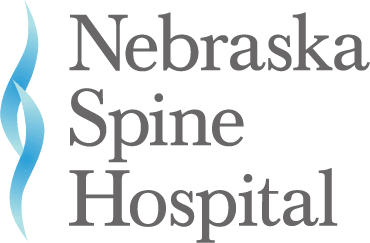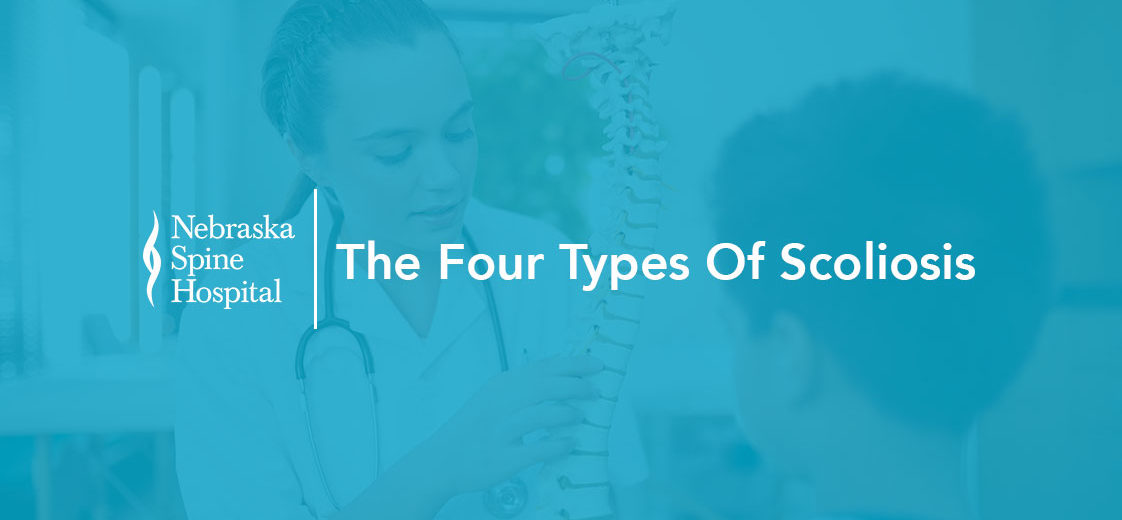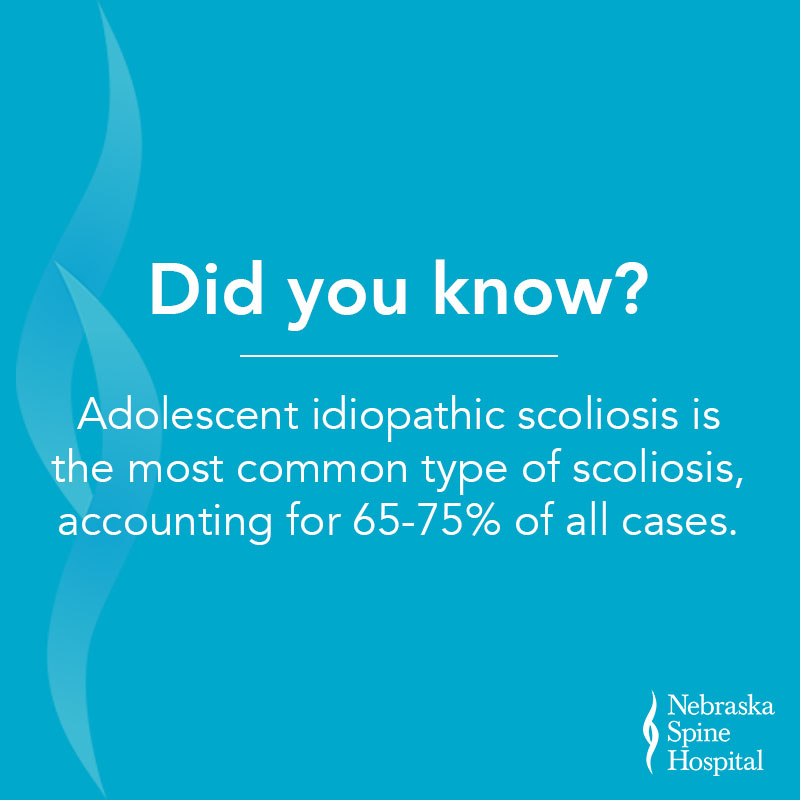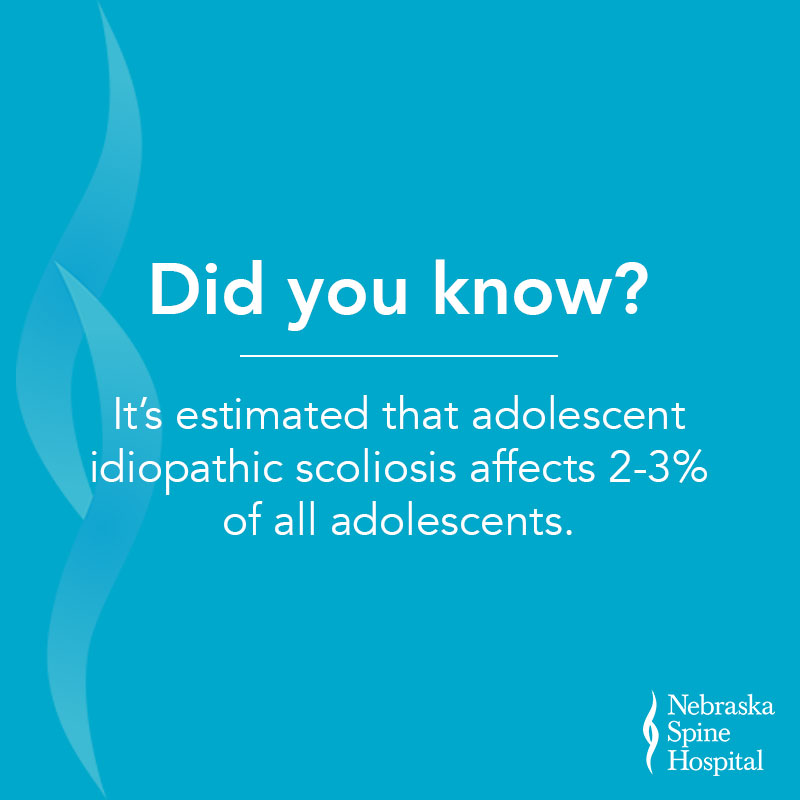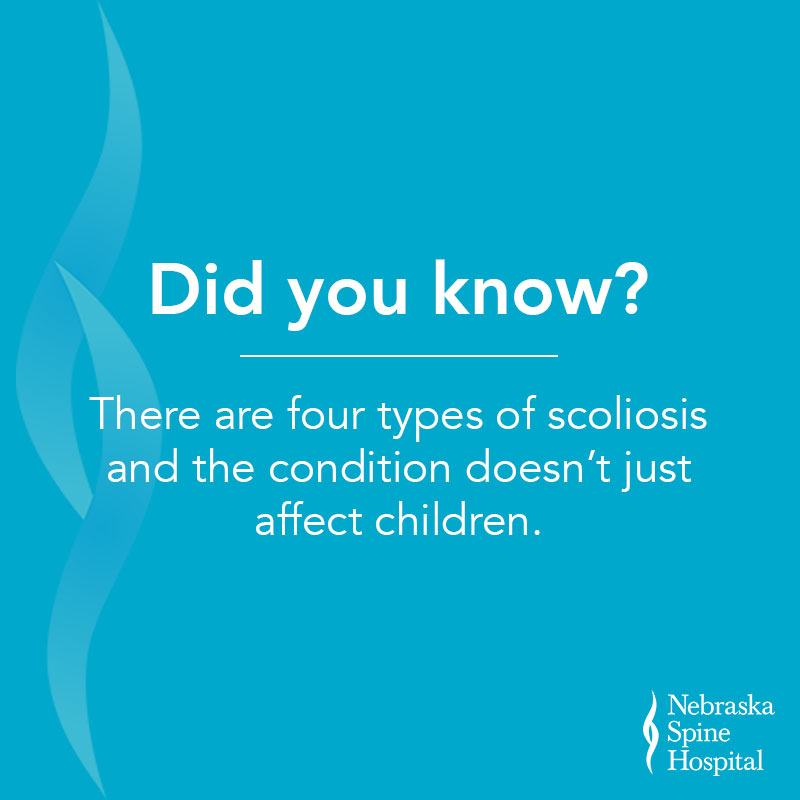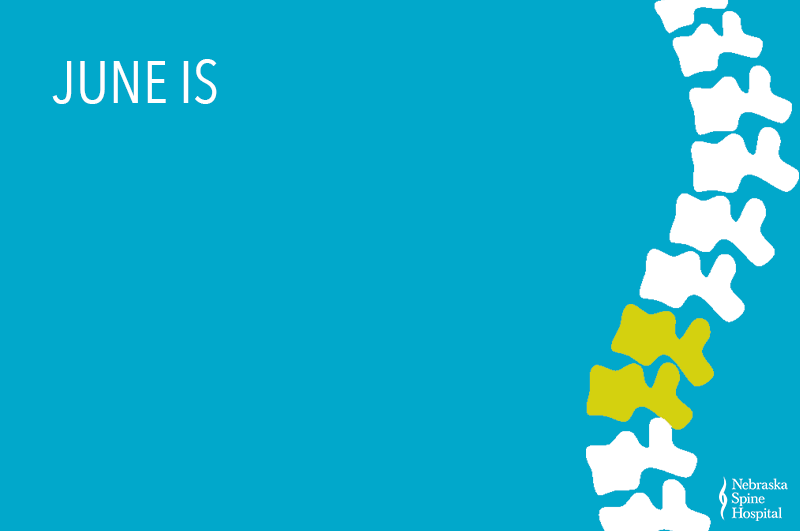Nebraska Spine Hospital is proud to support National Scoliosis Awareness Month. June is used to supply information about scoliosis to the public, while highlighting the growing need for education, early detection, and public awareness of the physical, emotional, and economic impact of the condition, and provide support and hope to all people affected by scoliosis.
Scoliosis is a spinal condition that causes a sideways curvature of the spine. In line with Scoliosis Awareness Month, we wanted to shed light on a little-known fact about this condition. Many people don’t realize that there are four types of scoliosis and the condition doesn’t just affect children.
Watch as Dr. Fuller discusses the differences between all four types of scoliosis, or keep reading below for a summary of the video.
You Might Also Like: All About Scoliosis
Adolescent Idiopathic Scoliosis
Adolescent idiopathic scoliosis is the most common type of scoliosis, accounting for 65-75% of all cases. This is the type of scoliosis the general public is most familiar with, as it’s very common for children and teenagers to develop some degree of curvature in their spine.
It’s estimated that adolescent idiopathic scoliosis affects 2-3% of all adolescents. The condition generally appears in children ranging from 10-15 years old, usually following their last growth spurt before puberty.
Neuromuscular Scoliosis
Neuromuscular scoliosis is an irregular spinal curvature caused by paralyzation or having a neurological deficit, malignancy, or paraplegia. Of the four types of scoliosis, neuromuscular scoliosis is the most likely to have spinal curves that keep progressing as the patient ages.
Congenital Scoliosis
Congenital scoliosis is the result of a defect present at birth. Malformed vertebrae manifest in young children and when their spine begins to grow, it grows in the wrong direction.
Degenerative Scoliosis
Years of wear and tear on the spine cause degenerative scoliosis. It is the most common type of scoliosis in adults. It is often more severe and harder to treat because an adult’s spine is much more rigid than a child’s.
You Might Also Like: Degenerative Scoliosis 101
Share the Knowledge on Social Media
In light of National Scoliosis Awareness Month, we ask that you please share this information with anyone that may benefit from learning more about the four types of scoliosis.
